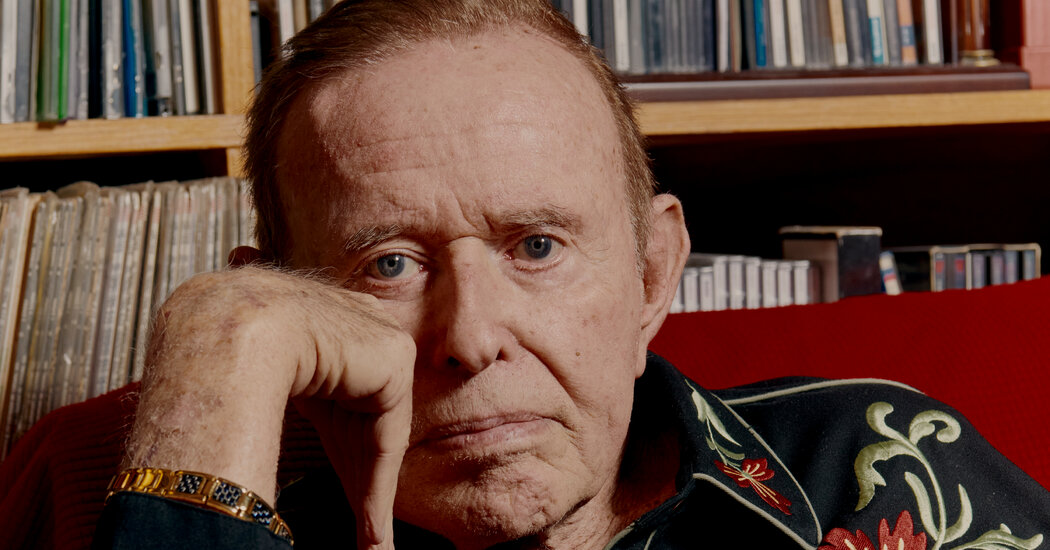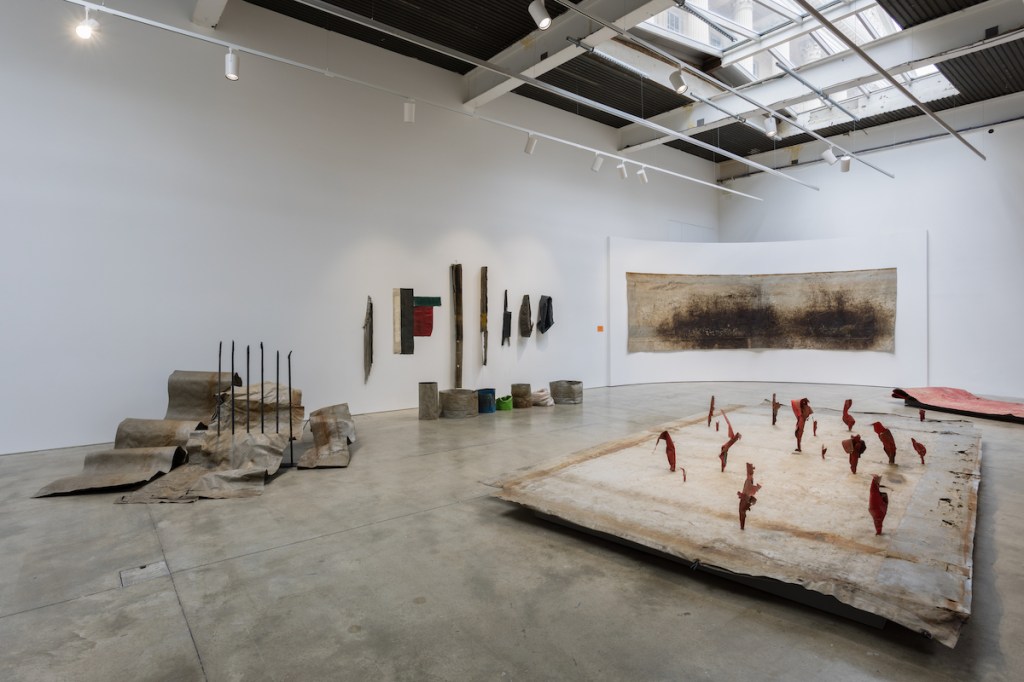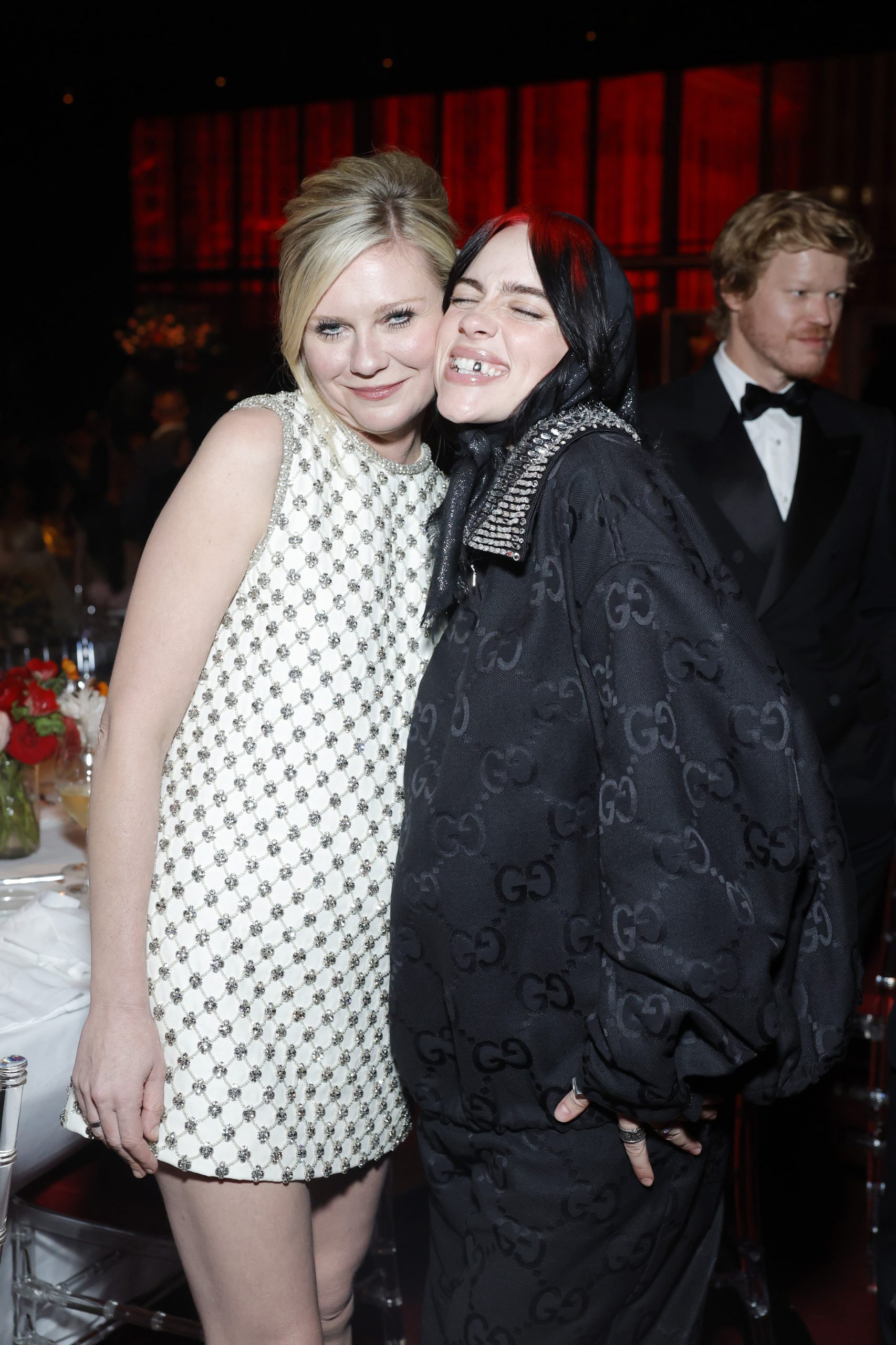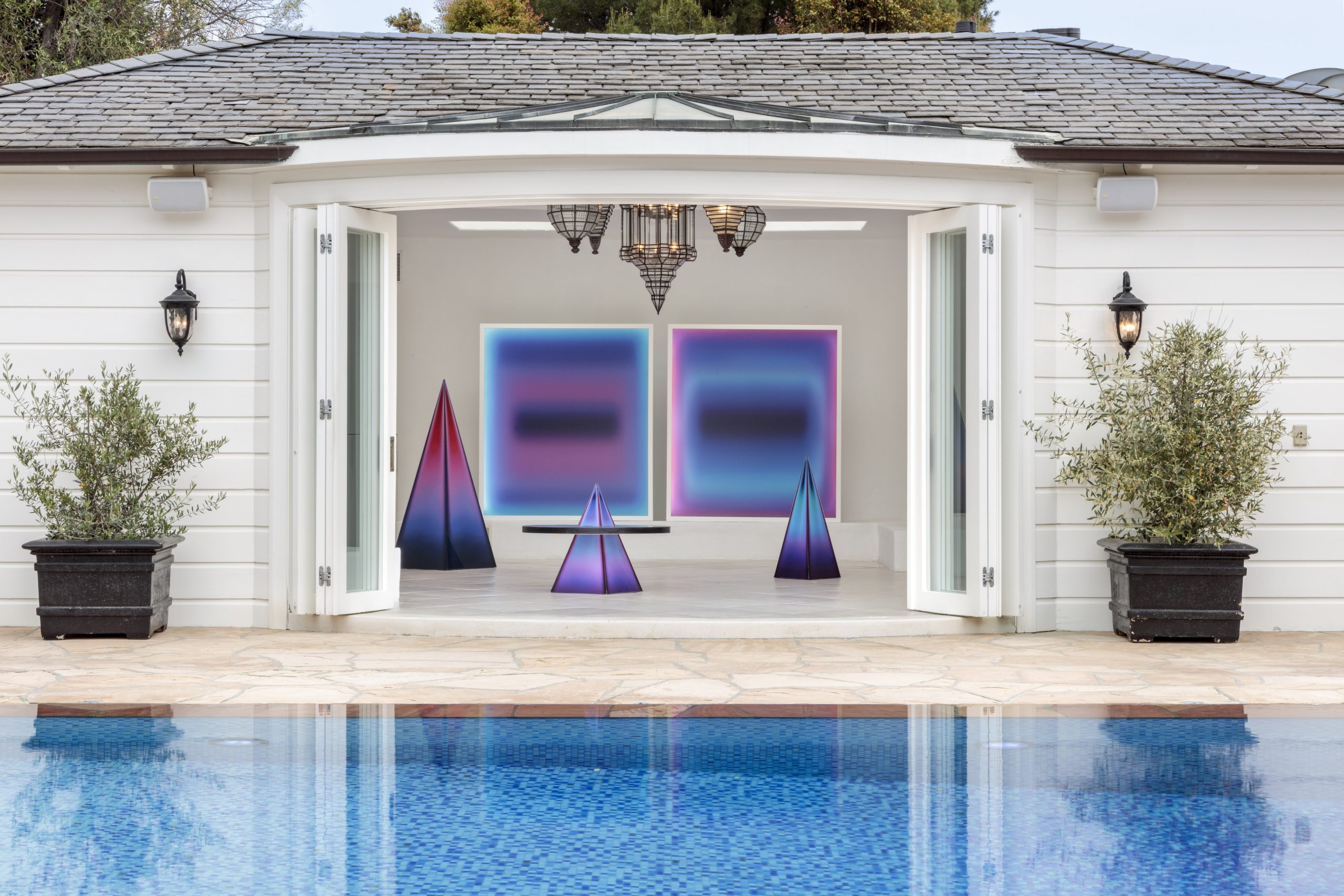David began his piano studies when he was 11 and was 16 when he gave his first public performance, in San Francisco in 1954. By the time he was 18, he had won a handful of scholarships and awards, including the $5,000 John E. Kimber Prize, in 1955, which covered his piano studies for several years.
When he enrolled at the University of California, Berkeley, in 1955, he still regarded himself principally as a pianist. He did not think about becoming a composer until the summer of 1958, when he went to the Aspen Music Festival and School to study with the pianist Leonard Shure.
“He yelled at me and was very severe, and I didn’t realize, coming from California, that all he really was, was a New Yorker,” Mr. Del Tredici told American Public Media in 2002. “I was so unhappy with that that I thought, ‘I have a whole summer here, what can I do to have fun with music that’s no longer playing the piano?’ I thought I could either sing or I could compose. So I started to write a piece.”
When he completed that work, “Soliloquy,” a friend suggested that he bring it to Darius Milhaud, the festival’s composer in residence. Mr. Milhaud was encouraging, and when Mr. Del Tredici returned to Berkeley, he enrolled in a composition class taught by Seymour Shifrin. Among his classmates there were La Monte Young, Terry Riley and Pauline Oliveros, all of whom would become founders of the Minimalist style.
On his graduation in 1959, Mr. Del Tredici continued his studies with Earl Kim and Roger Sessions at Princeton University, and he was strongly drawn to the dissonant, intensely chromatic style that prevailed among the composers there. He later pointed out that he had never been a composer of 12-tone music, the radical departure from traditional tonality pioneered by Arnold Schoenberg.
“I used serial techniques,” he told The Times in 1980, “but I always liked to have some overriding expressive element.”



